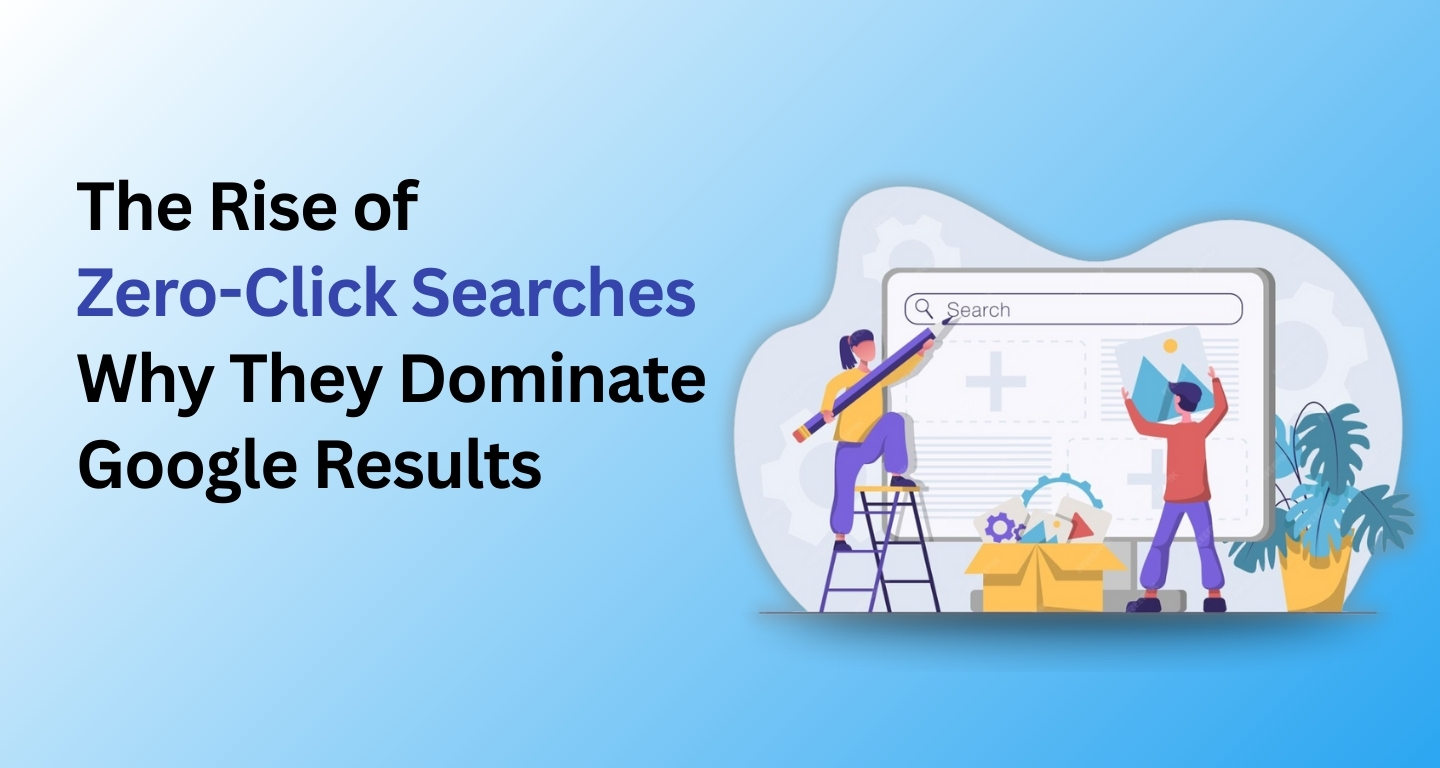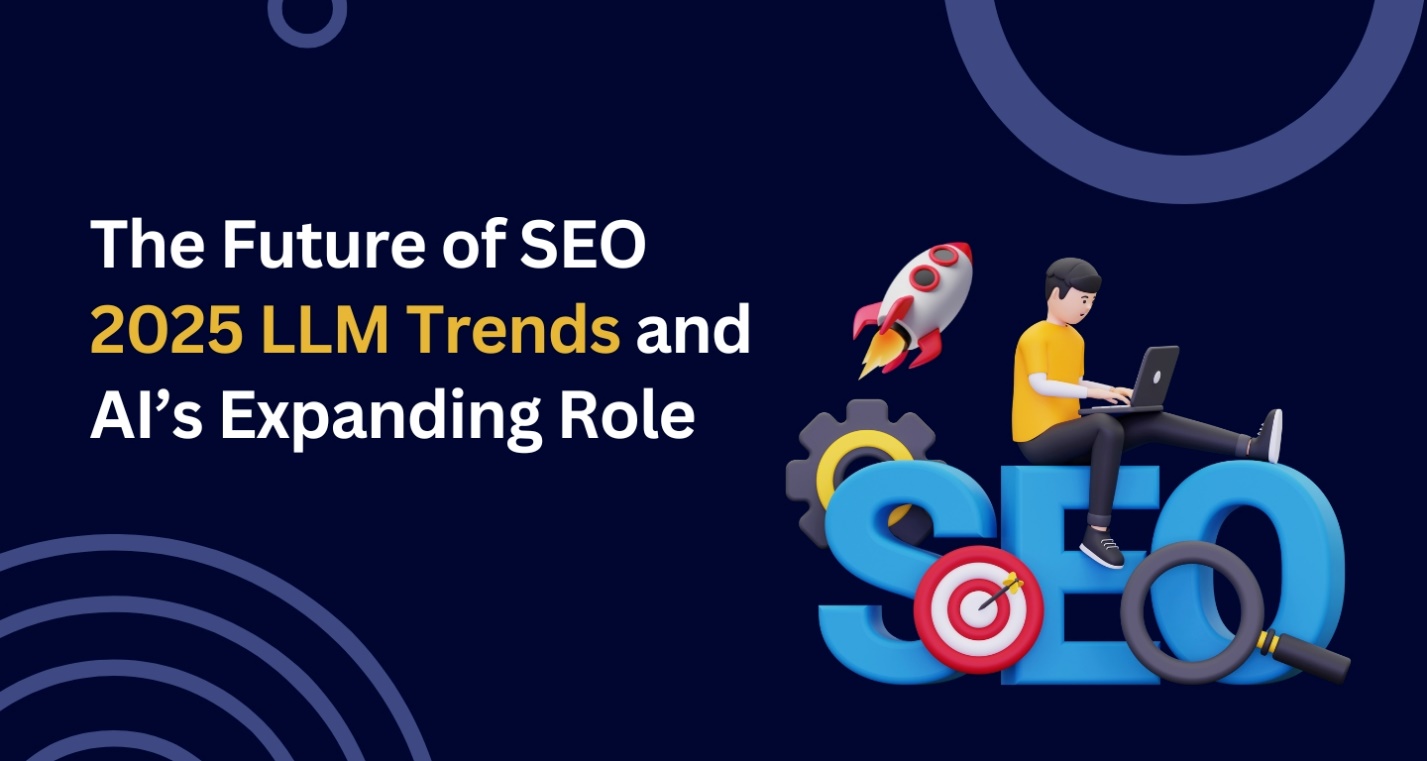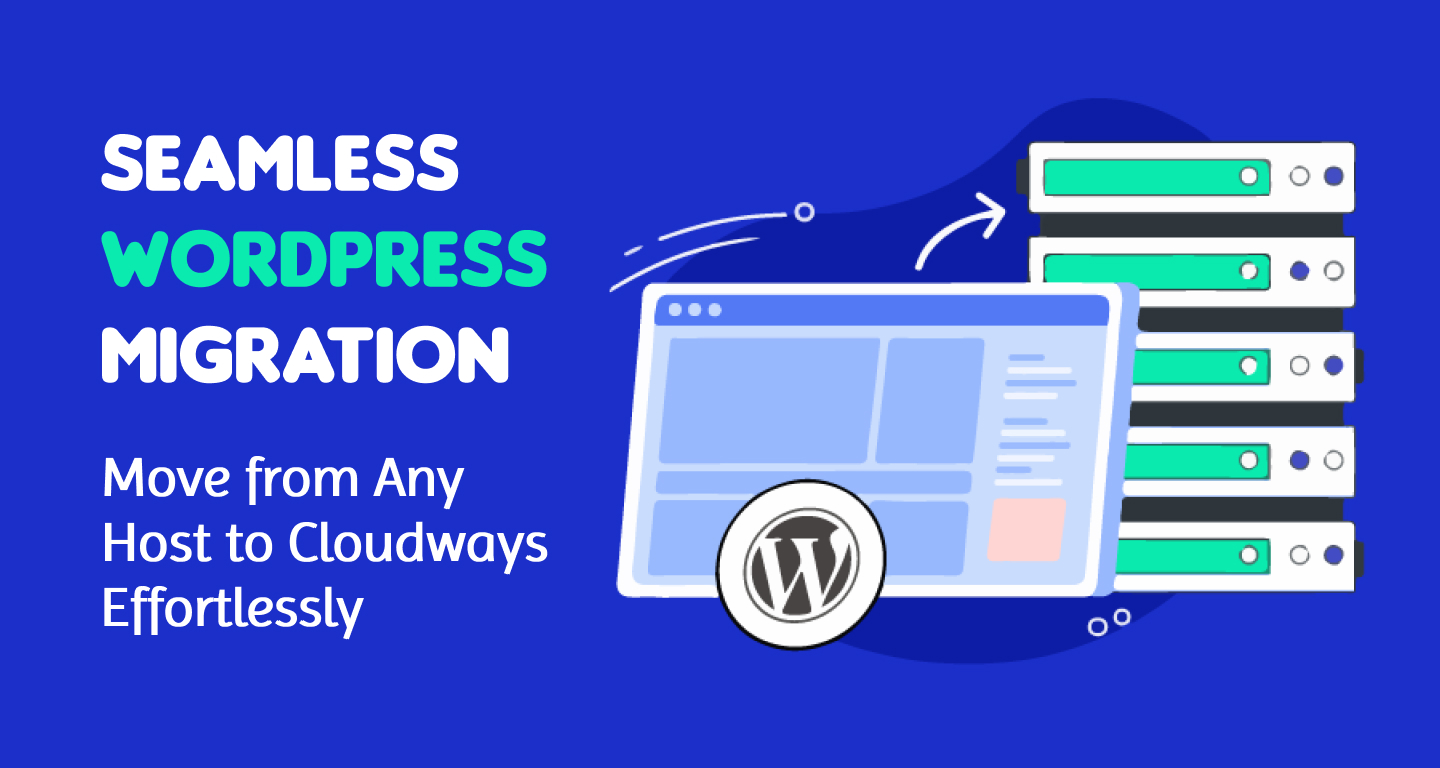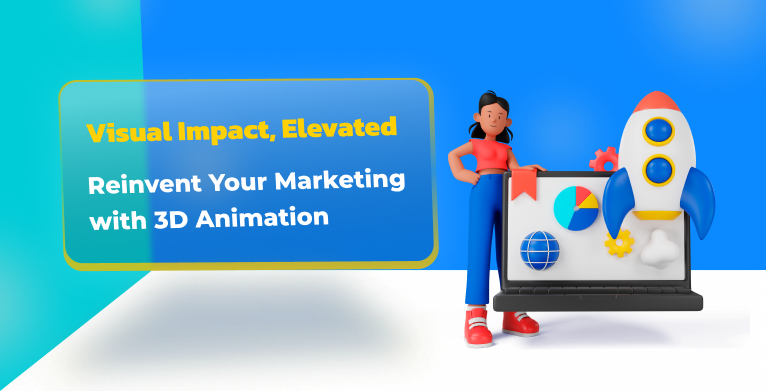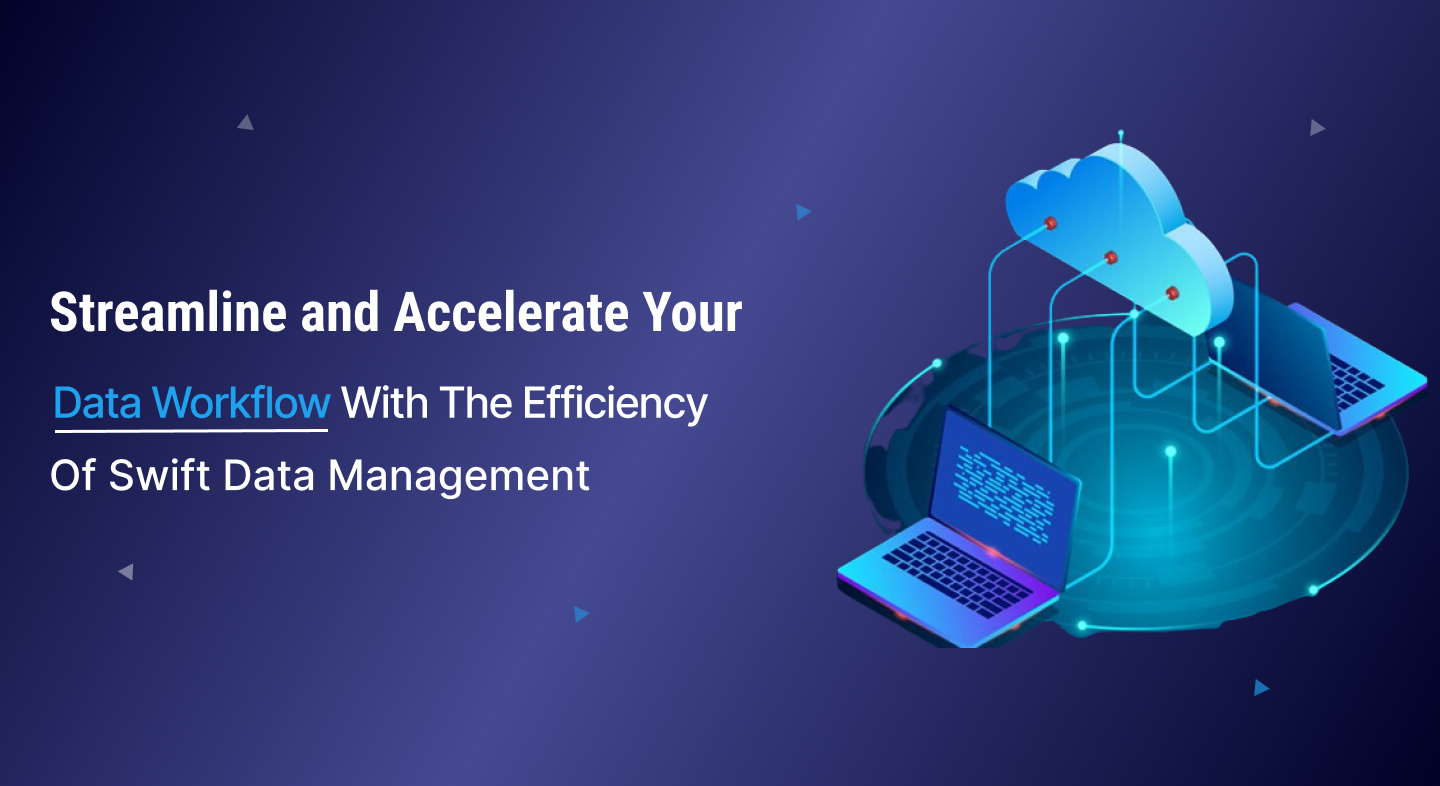Creating visually stunning 3D environments that perform smoothly in real-time requires more than just creative talent, it demands technical precision. Whether you’re developing a game, a virtual production set, or an architectural visualization, optimizing 3D Assets for Real-Time Rendering in Unreal Engine is the key to achieving both quality and performance. Let’s explore how effective 3D asset optimization can transform your workflow and ensure seamless real-time experiences.
Why 3D Asset Optimization Matters
In real-time rendering, every polygon, texture, and light affects performance. Unlike offline rendering, where the computer can take its time to calculate every detail, real-time engines like Unreal Engine must process everything instantly, often 30 to 120 times per second.
That’s why Optimizing 3D Assets is crucial. It helps maintain high visual quality without overwhelming the GPU or CPU. Good optimization ensures your project loads quickly, runs smoothly, and provides an immersive experience across different devices.
Step 1: Start with Efficient Geometry
One of the first steps in optimizing 3D models for Unreal Engine is reducing unnecessary geometry. Every extra vertex adds to the rendering load.
- Simplify high-poly models: Use tools to create low-poly versions while keeping essential details.
- Use normal maps: Instead of modeling every small bump or groove, bake those details into normal or displacement maps. This gives the illusion of depth while keeping the mesh light.
- Clean topology: Ensure edge loops are well-placed and polygons are evenly distributed. Proper topology helps with lighting, animation, and shading.
This balance between visual quality and performance forms the foundation of Unreal Engine optimization.
Step 2: Optimize Textures and Materials
Textures are often one of the largest contributors to performance issues in real-time rendering. Managing them well is key.
- Compress textures: Use efficient formats like .DDS or .TGA to save memory.
- Adjust resolution: Large 8K textures may look great in renders but are unnecessary for most real-time scenes. Use 2K or 4K textures where possible.
- Reuse materials: Instead of creating new materials for every object, reuse and instance them. Unreal Engine allows material instancing, which reduces draw calls and speeds up rendering.
- Use atlases: Combine several smaller textures into one larger texture (texture atlas). This reduces the number of texture swaps during rendering.
By following these practices, you can streamline your real-time 3D rendering workflow for maximum efficiency.
Step 3: Level of Detail (LOD) Management
Unreal Engine supports Level of Detail (LOD) models that automatically switch depending on the camera distance.
- Create multiple LODs for major assets.
- Use Unreal’s built-in LOD generation tool or external software to simplify meshes.
- Ensure smooth transitions between LODs to prevent noticeable “popping.”
This technique significantly reduces rendering workload while maintaining visual fidelity.
Step 4: Light and Shadow Optimization
Lighting is one of the most performance-intensive elements in Unreal Engine.
- Use baked lighting: For static environments, bake lights and shadows into textures instead of calculating them in real-time.
- Limit dynamic lights: Too many real-time light sources can slow down rendering. Use them strategically.
- Enable lightmaps: They provide precomputed lighting information, allowing beautiful and realistic visuals with minimal runtime cost.
Efficient lighting design is a cornerstone of Unreal Engine optimization and can dramatically enhance both look and performance.
Step 5: Test, Analyze, and Optimize
Once your scene is ready, use Unreal’s built-in profiling tools to find performance bottlenecks.
- Stat commands: Use commands like stat unit and stat fps to monitor frame times.
- GPU Visualizer: Analyze what’s consuming GPU power.
- Optimization View modes: Unreal Engine offers several modes (like Shader Complexity or Quad Overdraw) to visualize performance-heavy areas.
Regular testing ensures your assets are always optimized for smooth Real Time Rendering.
In Conclusion
When you master Optimizing 3D Assets for Real-Time Rendering in Unreal Engine, you unlock the full potential of your projects, high-quality visuals, faster load times, and a seamless user experience. Optimization isn’t just about reducing; it’s about refining.
From managing geometry and textures to balancing lighting and testing performance, every step plays a vital role in creating efficient and visually impressive 3D worlds.
If you’re looking to elevate your real-time 3D rendering workflow or need professional assistance in 3D asset optimization and Unreal Engine optimization, our team can help you achieve peak performance and stunning results. Contact Now to get started with expert optimization solutions that make your 3D assets look brilliant, and run flawlessly in real-time.



